55. Provide nest boxes and platforms, and monitor them responsibly.
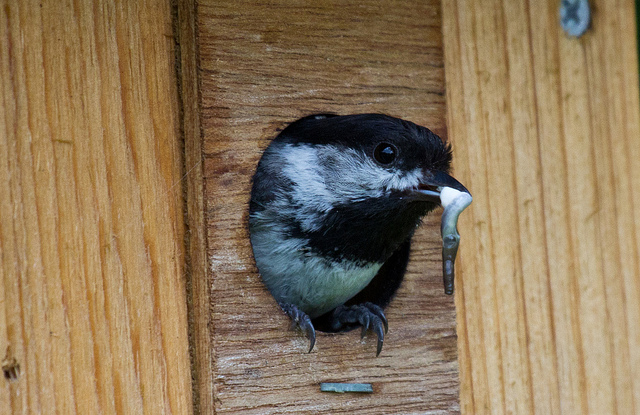
For hundreds, perhaps thousands, of years, Americans have been providing housing for wild birds. The earliest Americans provided hollowed-out gourds for Purple Martins. The Purple Martin Conservation Association notes that “documents from the 18th and 19th centuries suggest that these early Americans attracted martins to their villages because they functioned like scarecrows, chasing crows away from their corn patches, and vultures away from their meats and hides hung out to dry. The mutually-beneficial relationship established then, still exists today.”
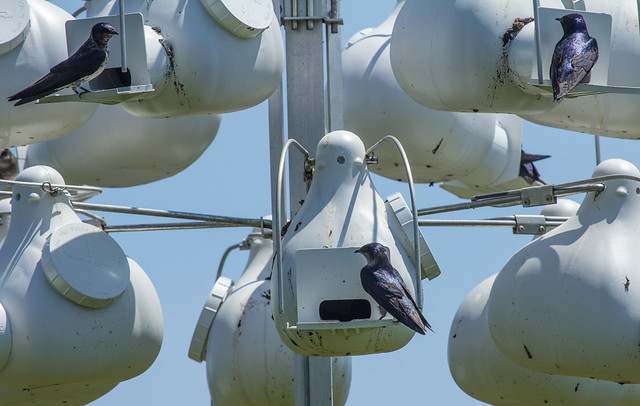
Unfortunately, improperly designed or situated birdhouses can cause eggs or nestlings to die from excessive heat or cold or to drown. When they are not monitored and maintained properly, debilitating and even lethal parasites can flourish. And birdhouses designed by well-meaning but uninformed people can be open invitations to House Sparrows and European Starlings, both of which are threats to native American birds and do not need housing subsidies. With just a few precautions, however, providing nest boxes or platforms for birds can be a wonderful hobby.
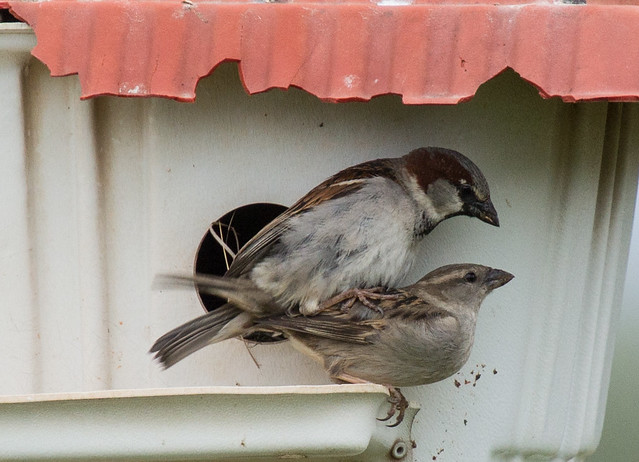
The first step is to decide what species you want to attract and then learn about its nesting requirements. The Cornell Lab’s Birdhouse Network now Nestwatch can give you a lot of helpful hints. Organizations such as the North American Bluebird Society, Project Loon Watch, or Purple Martin Conservation Association focus on particular species and can provide state-of-the-art information on monitoring techniques and precautions, hole size and shape, house design, and potential predators.
Keep in mind a few basic precautions:
- Wood provides far more insulation than metal and is preferable in any birdhouse construction.
- Never use wood that was treated with mercury or other toxins or painted with lead-based paint.
- Don’t set houses too close together (except when setting out bluebird houses in pairs to reduce competition from Tree Swallows). In particular, don’t set two loon nest platforms on the same lake, don’t set Wood Duck nest boxes in view of each other, and don’t set owl nest boxes anywhere near each other.
- Don’t place wren houses near any other birdhouses. Wrens occasionally puncture the eggs of other birds nesting near their territories.
- Purple Martins have better nesting success in gourds than in wooden “apartment” houses. If you use the latter, houses with dividers between apartments are better than those without.
- Perches at a birdhouse entrance hole encourage House Sparrows without helping native birds at all. If you purchase ready-made houses with perches, remove them.
- Wood Duck houses should have little wooden slats, hardware cloth, or some other rough surface between the bottom and the entrance hole to help the ducklings climb out after they’ve hatched.
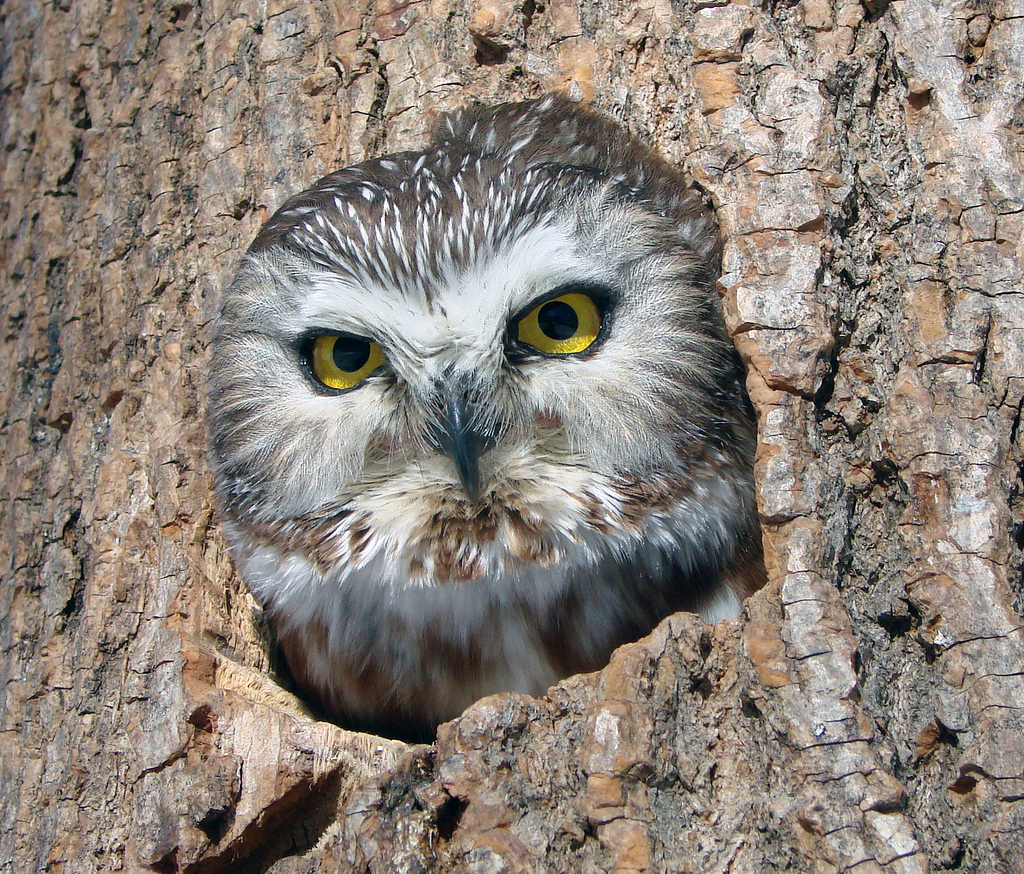

UPDATE: My friend, Wildlife Biologist Jerry Wayne Davis of Hot Springs, Arkansas, suggests adding bark to the front of bird boxes to give the birds a better perch before they enter the box. I wrote about it on my blog here. Jerry mentions that we can find appropriate bark on fallen logs, snags, firewood, and at wood compost recycling centers. Here are a couple of Jerry’s photos to show how it works.
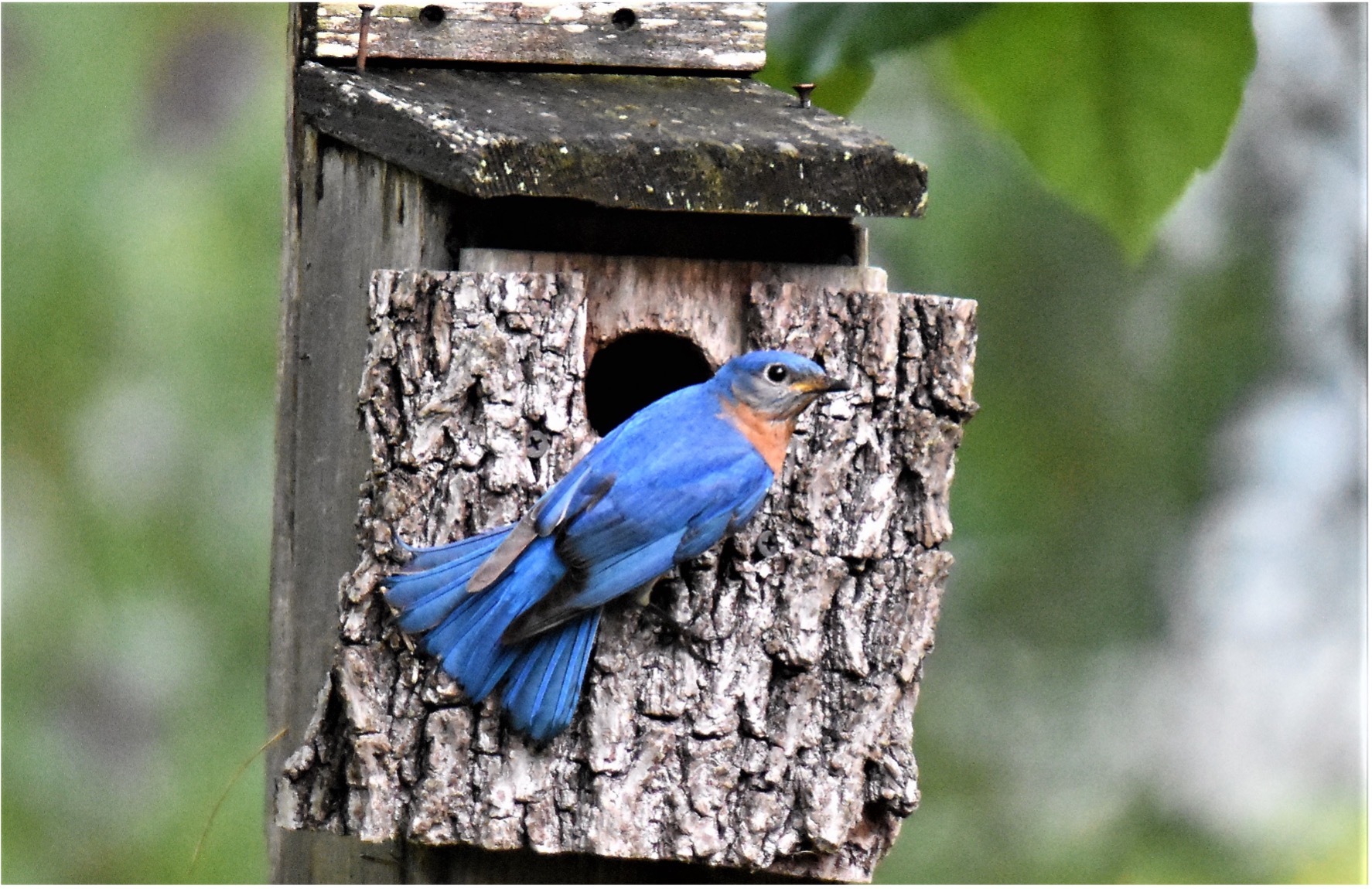 .
.
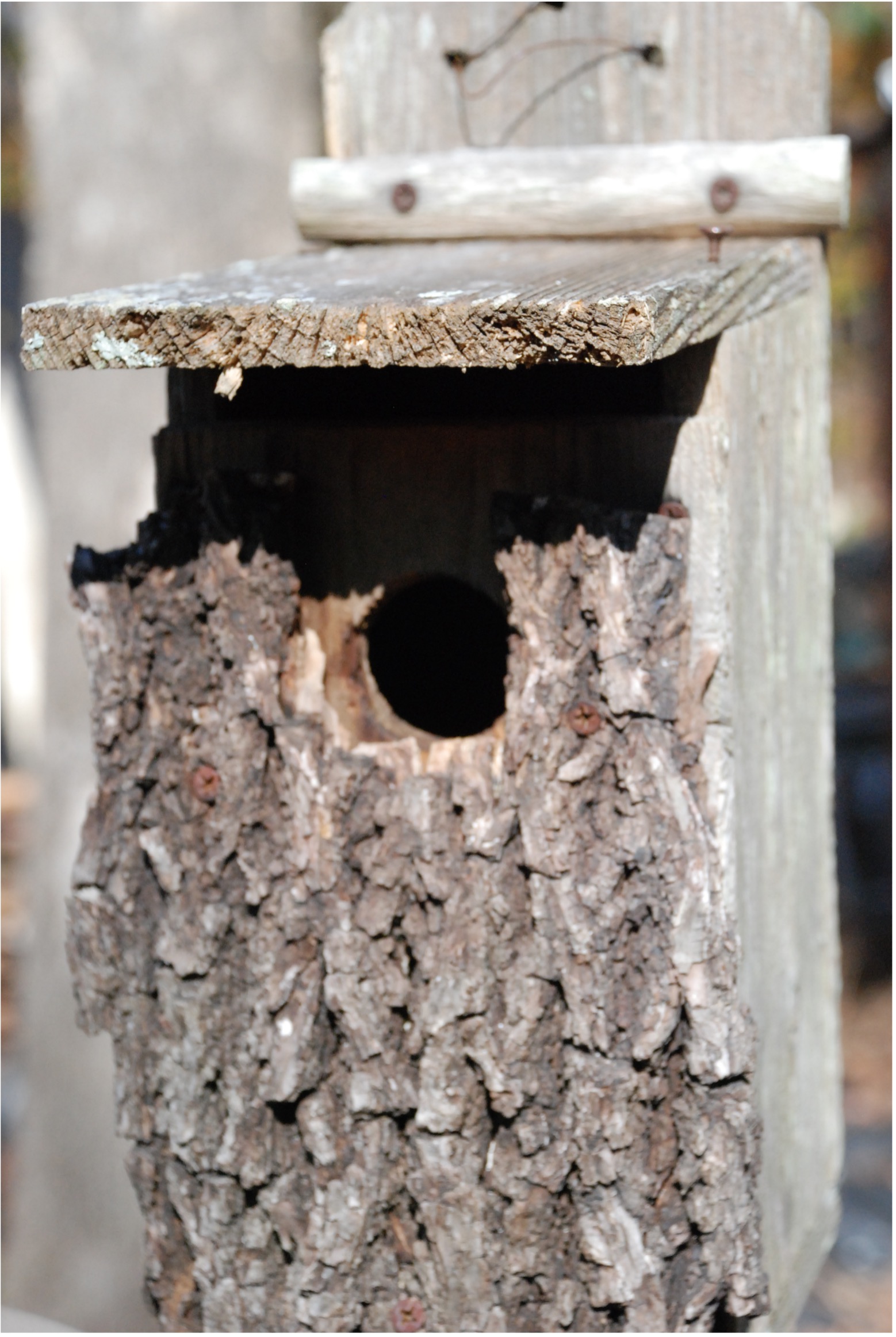
Jerry Wayne Davis also wrote about the importance of managing your property for bluebirds and other species:
Bluebirds are cavity nesters, as are 85 species of birds and 49 species of mammals and numerous species of reptiles, amphibians and invertebrates. There is a habitat and housing shortage for cavity nesters. When I was the wildlife biologist on the Sam Houston National Forest I met John Grivich in Huntsville, Texas. John was known as Mr. Bluebird and TV stations and school children came to his house to hear the story. John had a goal of putting out 10,000 bluebird boxes in Walker County and when he died of a stroke he had put out almost 7,000 bluebird boxes.
I have often wondered why people that say they are interested in and care about birds refuse to help cavity nesters by putting out nest boxes and saving snags. Nest boxes are not as good as snags but help fill the gap for a shortage of habitat. It takes about 100 years to get a tree big enough to be a good cavity tree and 30 years for fungi to convert the heartwood to conditions that might be useable for cavity nesters. Secondary cavity nesters like bluebirds need primary cavity nesters like woodpeckers to first make the cavity which they use when the woodpeckers are gone. Many people do not like dead trees and cut them down. When I was the Forest Wildlife Biologist on the Kaibab National Forest, I was asked why we let dead trees stand in the Forest? The Kaibab National Forest had 64 species of wildlife that needed snags.
Snags provide habitat for wildlife to meet basic behavioral and physiological needs. Such needs include but are not limited to:
Singing, Viewing, Pecking, Seeking, Capturing, Hawking, Drumming, Grooming, Excavating, Incubating, Reproducing, Hibernating, Hunting, Landing, Loafing, Regulating, Nesting, Constructing, Aestivating, Plucking, Resting, Enticing, Courting, Competing, Defending, Rearing, Escaping, Rearing, Wedging, Communicating, Hiding, Observing, Storing, Climbing, Raking, Perching, Brooding, Roosting,Feeding, and Gleaming.
Every species of birds need a John Grivich in every county in this country. Our birds need people that can retain snags, provide nest boxes and take up a cause, a soapbox standing cause to start returning our habitat and bird populations to a healthy number.
Research and surveys have shown that only one percent of the population is willing to do anything to make a difference. Many labels on medication tubes state one percent active ingredients and 99% inert filler. Our birds need you to be that one percent of active ingredients and not just filler living a life of doing nothing more that taking care of your biological needs. The habitat problems were created one person at a time and will have to be solved the same way. If you are not doing your part the job is not getting done. If you are not going to do more for birds in this lifetime, what lifetime do you plan to start?
From 101 Ways to Help Birds, published by Stackpole in 2006. Please consider buying the book to show that there is a market for bird conservation books. (Photos, links, and updated information at the end of some entries are not from the book.)